Chaos on the flight to Germany: It's just the beginning, planes will face turbulences
Seven people were injured due to severe turbulence on the Lufthansa flight between Austin and Frankfurt, according to US media.
Thursday, 02.03.2023.
09:58
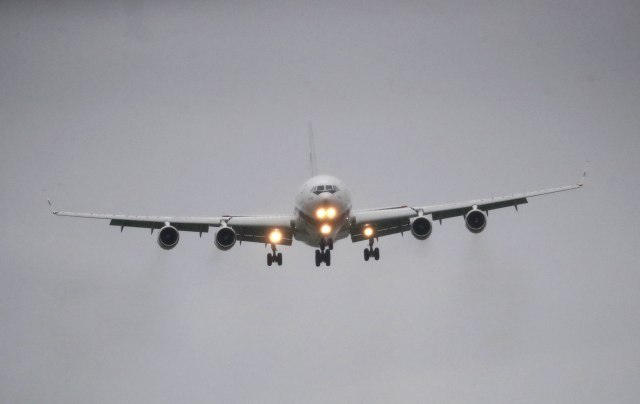
Chaos on the flight to Germany: It's just the beginning, planes will face turbulences
According to reports, the plane had to make an emergency landing at Dulles Airport in the suburbs of Washington, D.C., at 9:12 p.m. local time. Lufthansa has not yet issued a statement. The media report that the injured persons from that flight were transferred to the hospital.However, even though turbulence on flights, especially transoceanic ones, is not unusual at all, the experts' forecast that these turbulences will become even more dangerous due to climate change is worrying.
"We ran some computer simulations and found that severe turbulence could double or triple in the coming decades," said Paul Williams from the University of Reading in Great Britain at the time.
Turbulence, by the way, arises as a result of unstable air flow, which causes the temporary "collapse" of the plane. In the atmosphere, such a flow is always turbulent: the wind blows are almost regular and its direction constantly changes. The result of turbulent air movement is the interaction of air layers of different velocities: the faster layer affects the slower one and vice versa, explains the Croatian portal Index.hr.
There is also a scale used to measure the strength of turbulence. Thus, there is light turbulence, when food can still be served and movement in the passenger cabin is possible. In a moderate one, seat belts are tightened, everything that isn't secured is moved, and flight attendants are usually instructed to take their seats.
The worst is strong turbulence, which at that moment is stronger than gravity, so it pins the passenger to the seat, and if you are not strapped in, it will throw you around the plane cabin. Such turbulence is known to cause serious injuries, such as broken bones, Williams explained.
Will it be safe to fly?
In a study published in the journal "Nature", scientists presented the discovery of a statistically significant increase in the vertical descent of the wind over the North Atlantic Ocean, at the altitudes at which airplanes fly.They stated that the observed changes can significantly affect air traffic, because on average, about 3,000 flights pass through that route per day. Those changes are caused, as they claim, by climate change.
As explained - the greater the temperature contrast between the equator and the poles, the stronger the jet stream will blow from west to east across the North Atlantic, directing and intensifying storm systems, and it has also been found that at higher altitudes, including the lower part of the stratosphere above the poles, there is a drop in temperatures due to climate change.
On the other hand, the upper troposphere above the equator has increasing average temperatures. This means that the temperature contrast increases at those heights. Lower in the troposphere, the opposite occurs - temperature changes weaken the temperature gradient and are expected to slow the jet stream.
Most studies show that when the two trends "come together", there are small shifts in current speeds.
Now, it is logical to ask the question, will flying airplanes become unsafe? Williams says that there is no need to panic because "planes are not going to start crashing all of a sudden, because they are built to very detailed specifications and can withstand the worst turbulence."
"However, the average duration of turbulence will increase. Typically on a transatlantic flight you can expect 10 minutes of turbulence. I think in a few decades that could increase to 20 minutes or half an hour. The seat belt sign will come on much more often ", he added.
Passengers who are strapped in throughout the flight have the lowest risk of injury. However, the aircraft staff cannot afford such a thing, so the flight attendants get injured and this accounts for about 80 percent of all injuries during turbulence in airplanes.
This is confirmed by flight attendant Sarah Nelson, who previously told US media that some flight attendants flew away during the turbulence and crashed into the ceiling of the plane and fell back to the floor, breaking their limbs. "Some lost their toes or suffered such injuries that they could no longer work," she said.


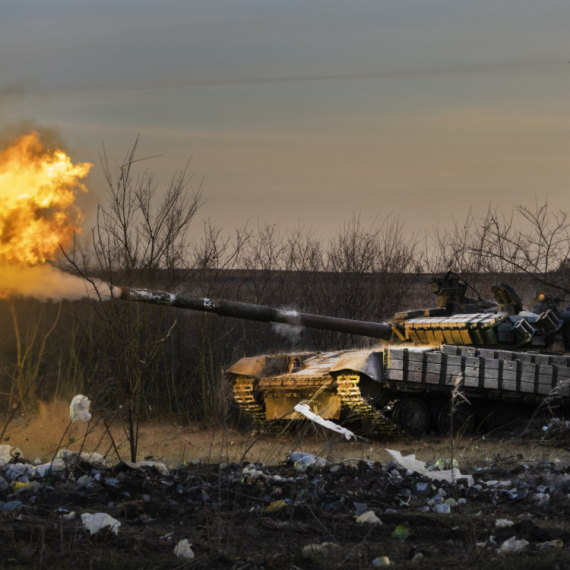

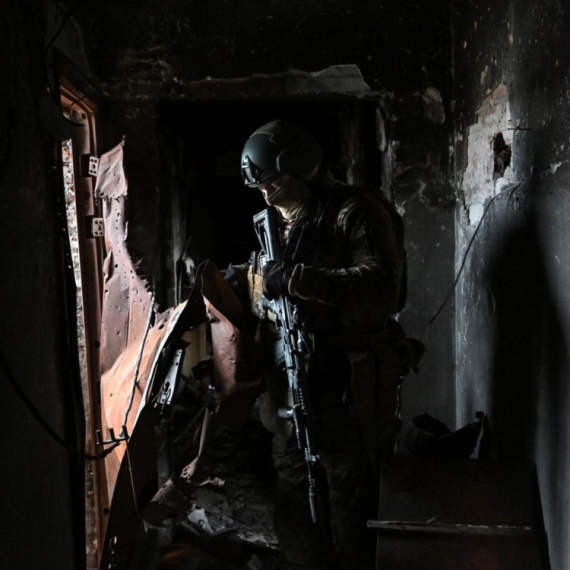









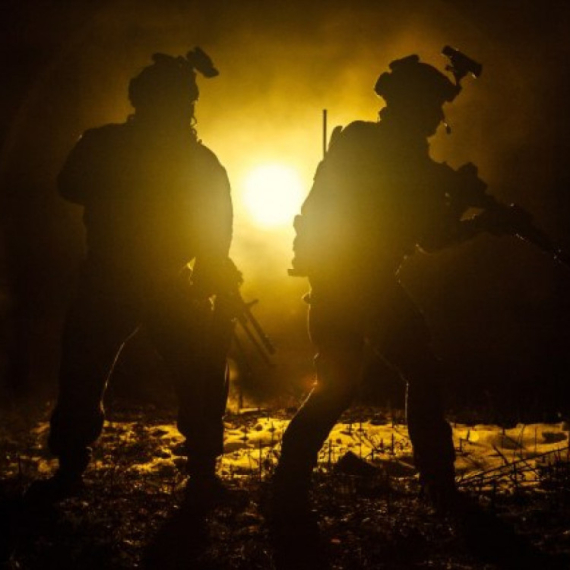
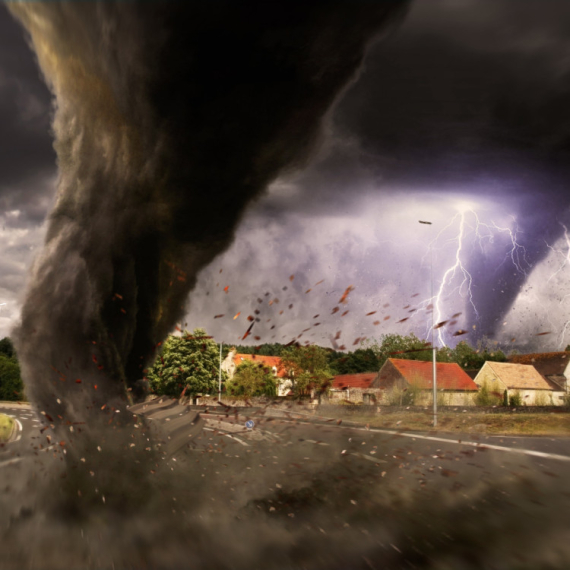





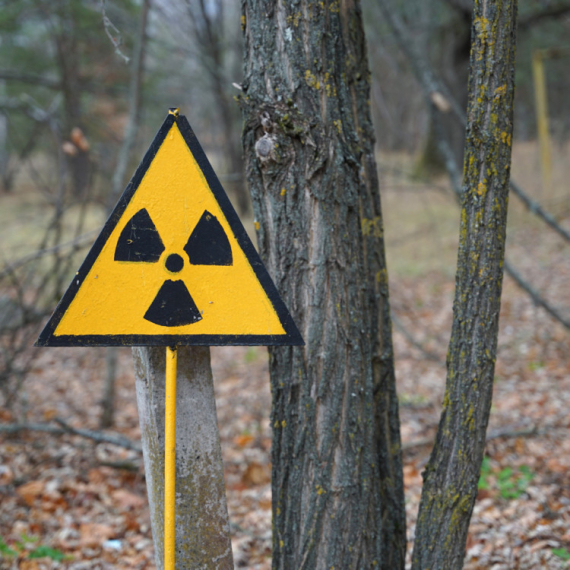







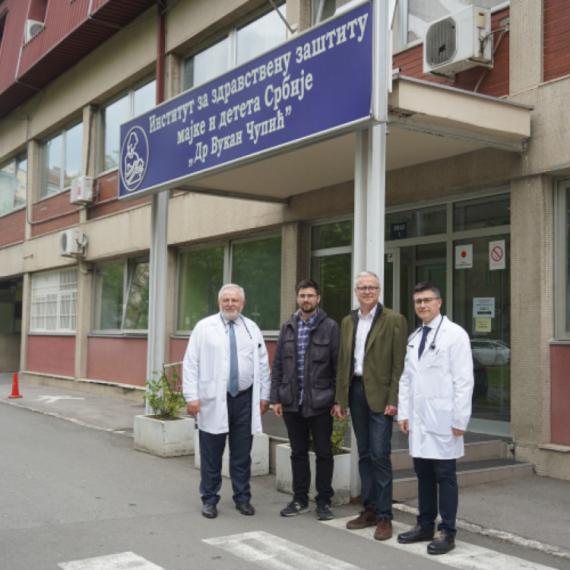















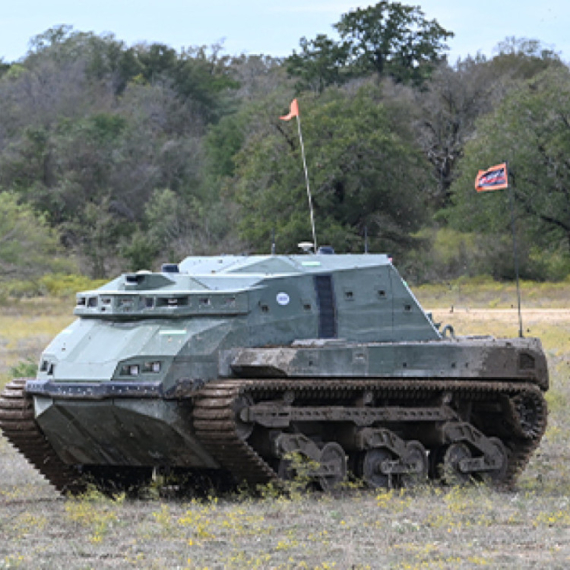








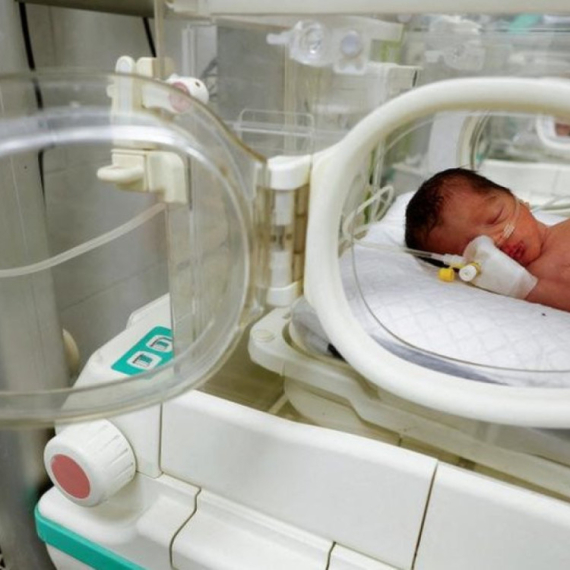



Komentari 0